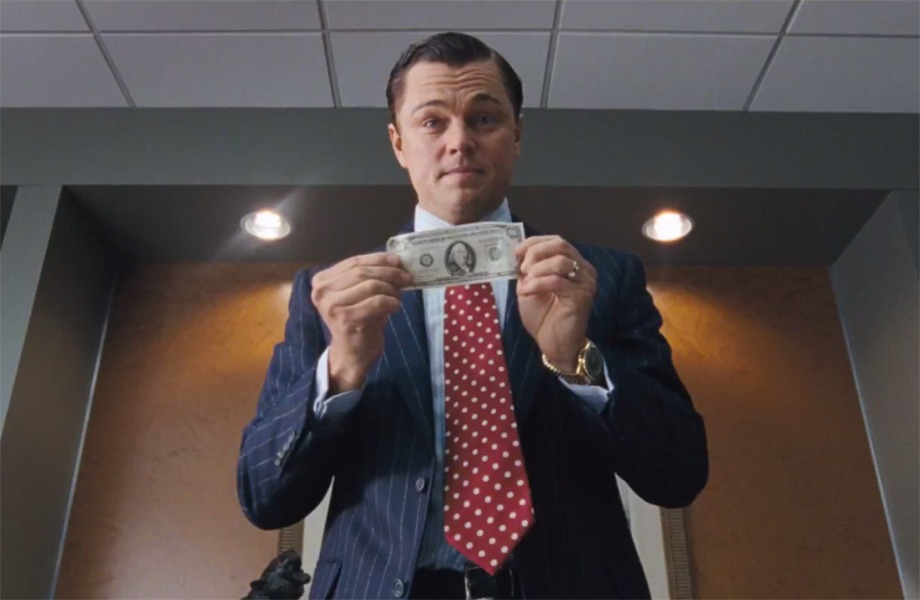
By Steve Zorn
This past Saturday, a single winning ticket scooped up the NYRA Pick 6 for nearly $430,000. That same night, the Meadowlands Pick 5, which, like the NYRA Pick 6, had a carryover, was also hit, for $55,000, on a single winning ticket. Both tickets were purchased through the Elite Turf Club, an exclusive, high-volume betting operation based in Curacao in the Dutch West Indies.
Both the NYRA and the Meadowlands wagers were “jackpot” bets, where the entire post-takeout pool is paid out only if there is a single, unique winning ticket. If more than one ticket hits the bet, then part of the pool is carried over into the jackpot and only a fraction is distributed to tickets that had the highest number of winners (which usually will be all 6 winners). These jackpot rules apply except on mandatory payout days, typically the last day of the meet and a few other days designated by the track, when the entire pool, net of takeout, is distributed no matter how many winning tickets there are.
The winning Aqueduct sequence was difficult, but it wasn’t impossible. Two of the winners were favorites, two went off at 5-1, and the two outliers were 15-1 and 19-1. There were relatively large fields, averaging nine horses per race for the sequence, so the total number of possible combinations was 483,840. The winning ticket cost $4,311.20, so, at the 20-cent minimum for the bet, that covered some 21,556 combinations, or less than 5% of the available universe. But if we exclude horses that went off at more than 25-1, then the number of possible combinations drops to 8,064, so the winning bettor’s ticket covered more than half of that more realistic group. Of course, we don’t know whether the winning bettor played additional tickets that would have covered an even bigger percentage of the more likely outcomes.
The Elite Turf Club is no stranger to Pick 6 and Jackpot bet success. Bets placed through their computer have won numerous carryover pools before last Saturday’s Aqueduct score, including a number in California this year. And often, as they did Saturday, the winning bet comes a day or a few days before the guaranteed payout date. So, by playing essentially all the combinations that include horses with any chance at all, Elite and other high-volume computer-based bettors can effectively buy the entire pool and hope that a couple of mid-priced outsiders, like Hawaiian Noises, who won the 5th at Aqueduct at 19-1, and Kansas Kis, who won the 8th at 15-1, chase out the folks who were betting only two- or three-figure tickets.
Elite is a ‘high-volume betting shop.” These wagering outposts now account, by some estimates, for roughly one-third of total US thoroughbred handle. They typically share some or all of the following attributes:
- They don’t conduct racing at all, just offer betting on simulcasts.
- They provide substantial rebates, sometimes 10% or more, to their well-heeled customers.
- They have a limited customer base – in Elite’s case, only a dozen or so accounts – and enjoy preferred high-speed computer access to mutuel pools.
- Their owners, operators and account holders are not readily identifiable (although in Elite’s case a California court document from 2017 suggests that Frank Stronach or one of the Stronach companies has an ownership stake in Elite).
- They’re typically located offshore (Elite is in Curacao) or on Native American land in the US, and, as a result, are subject to little federal or state regulation and cannot be compelled to follow US tax information and withholding rules.
- They account for very high wagering levels with little or no marketing effort, unlike, say, the prominent US-based ADWs like Twin Spires, TVG or NYRABets that spend a lot on advertising.
These high-volume operations account for a huge share of the Jackpot carryover pools, making it virtually impossible for the average recreational bettor to make the life-changing score that Steve Crist talked about in his excellent, but now sadly outdated book, “Exotic Betting,” written before the jackpot craze took hold. Crist was an early advocate for playing multiple tickets in multi-race wagering, and for dividing horses into “A,” “B,” and “C” categories, giving more weight on the tickets to the more likely winners. That strategy can’t compete with the high-volume outlets that play massive “cave man” tickets like the one that took down the Aqueduct carryover on Saturday, with thousands of combinations on a single ticket. Even with a reduced 20-cent minimum bet, how many possible combinations can an average player, willing to risk $100 or so, or even a bunch of friends who combine on a $1,000 ticket, manage to cover?
Because it’s so unlikely that a small ticket will ever be the unique winner of a jackpot pool, the effective takeout for the average bettor on those pools is much higher than advertised. At NYRA tracks, for example, the nominal Pick 6 takeout is 20%, but if there’s not a single unique winner, then the actual takeout is really 40%, because only 75% of the net pool (after takeout) is paid out, and the remaining 25% (i.e., 20% of the actual amount originally bet that day) carries over into the jackpot.
And at other tracks in the country, where more of the pool is diverted to the jackpot if there’s not a single winner, the effective rate is even higher, in some cases over 60%.
As sports betting, with a takeout rate that’s generally at or below 10%, explodes, racing’s betting product looks more and more overpriced to bettors looking for the best sport to play. For customers of the high-volume shops, however, the effective takeout rate after their rebates is on a par with other sports betting opportunities, and their high-speed computer access, allowing algorithm-driven arbitrage bets at the last minute, provides yet another edge over the average bettor.
Given these advantages, it’s not surprising that bets by “whales” through high-volume shops are the only segment of racing handle that’s increasing, while play by “recreational” bettors (very loosely defined as those betting under $100,000 a year) has declined, in inflation-adjusted dollars, by as much as 60% over the past few decades. And this shift does nothing good for race tracks or horsepeople; the share of the betting dollar that goes to the tracks and the purse account when bets are made through an ADW or high-volume outlet is less than half of what they get from a bet made at the track (or in NYRA’s case through its own NYRABets ADW).
The solution isn’t to increase the effective price to the high-volume shops; if horse racing isn’t competitive with other gambling opportunities, those dollars will just go elsewhere. But two changes would help:
First, let’s get rid of the low-minimum jackpot bets that give the average bettor little or no chance for a significant score. Betting the old $2 Pick 6 required some skill, or at least luck (as on the day at Saratoga when one fan won a six-figure payout by betting a $16 ticket that was only Jorge Chavez and pink silks). And let’s pay out the whole pool every day, unless nobody at all picks all six winners.
Second, it’s time to reduce takeout all-round. Back in 1973-74, NYRA ran a two-month experiment cutting takeout to 14%. Both handle and attendance increased for the first time in a decade, and even such an establishment figure as Ogden Mills “Dinny” Phipps, then NYRA Chairman, argued for a continuation of the reduction. But pressure from horsemen and the state doomed the effort, and now NYRA’s blended takeout averages 20%. Numerous studies have suggested that the betting dollar is highly “elastic” – bettors respond to changes in price – but the trend in takeout in recent decades has been ever-upward, with the result that total handle, adjusted for inflation, is trending ever downward. It’s time for a change that would, by cutting nominal takeout rates, let the average fan and the serious handicapper have a chance to win that’s a little closer to that of the whales who bet through Elite and its cousins.


